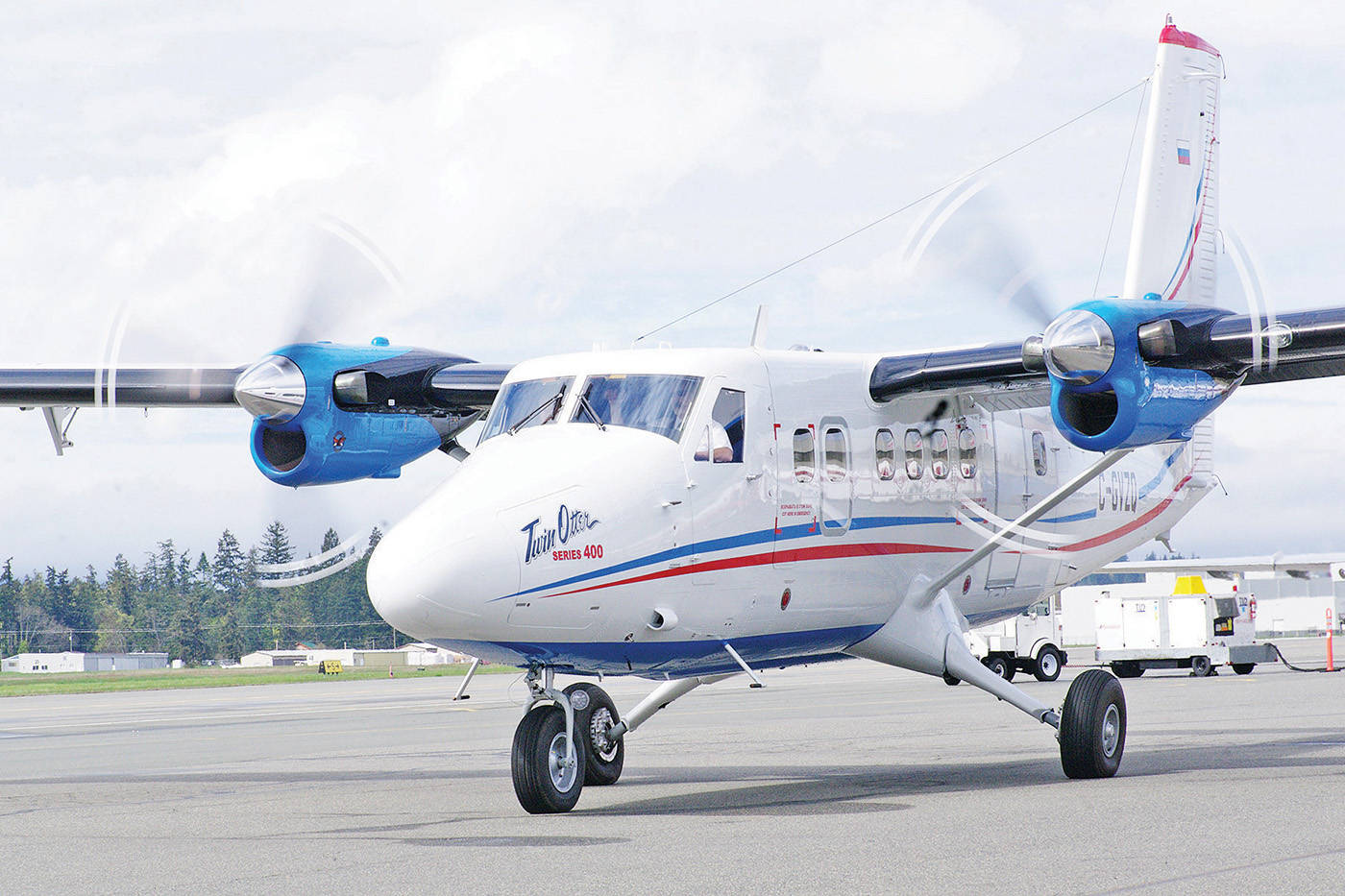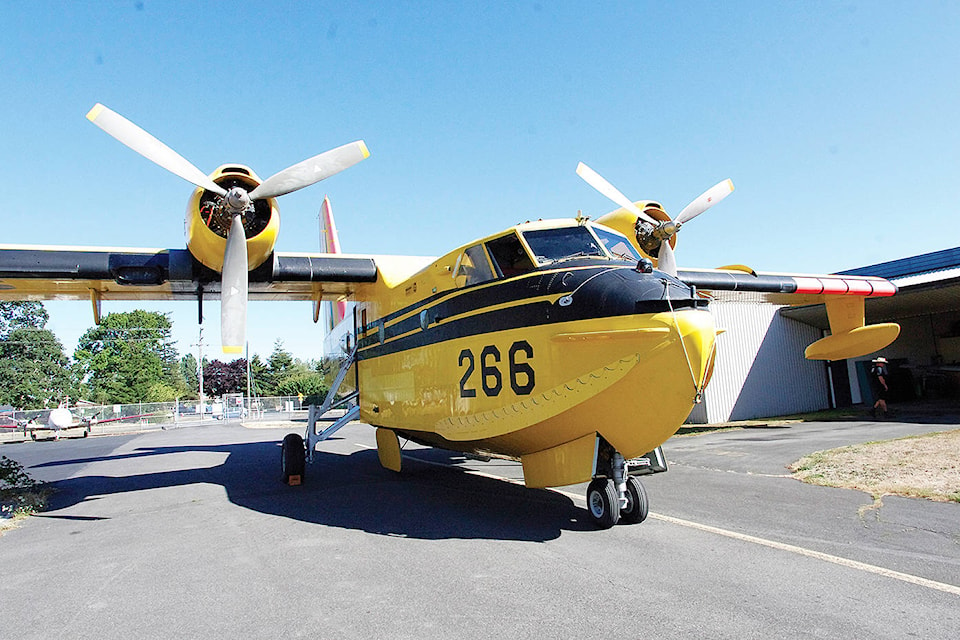Workers in North Saanich have returned to work at Viking Air after a three-month layoff as the company reports increased sales of its Twin Otter aircraft.
“We found ourselves creating the backlog we were seeking and we just wanted to re-engage the workforce and start producing those aircraft,” said Dominique Spragg, vice-president of strategic planning at Viking.
Since Viking’s Twin Otter program launched in 2007, the company has built and delivered over 100 of them. They also upgrade and maintain existing several de Havilland aircraft, which they do in factories at the Victoria and Calgary International Airports. However, lower than expected sales resulted in the company issuing temporary layoffs to 136 employees in North Saanich and 76 in Calgary.
Spragg said that while there has been geopolitical unrest in some countries over the past two years that has stopped some customers from purchasing aircraft, they have recently decided to “start getting on with business,” which allowed Twin Otter production to restart.
To broaden the company’s offerings, the company began making spare parts for the Canadair CL-215 and 415 water bombers after agreeing to purchase the manufacturing rights from Bombardier in June 2016. But Spragg said the company found that their customers wanted more substantial upgrades, not just spare parts, so the company will offer engine and wing upgrades to the CL-215 and 415 planes, which Spragg said would lead to a “strong, sustained workforce here in Victoria over the next two years.”
Jeannie Blaney, the Unifor Local 114 representative for Viking Air’s Victoria employees, said that of the 136 laid off three months ago, about 112 have returned. She was pleased that the company was diversifying once again, and “not just putting all our eggs in one basket.”
“We’re very excited for the company; we’re cautiously optimistic. These are very good jobs for Victoria. We want to help the company succeed and the workers are a big part of that.”
If there is demand, the company hopes to build entirely new water bombers instead of simply upgrading them, which Spragg said is a possibility given the recent wildfires in B.C. and California. He noted that B.C. does not own any CL-415 water bombers, relying on the Conair Group in Abbotsford instead, but “it’s certainly an opportunity that we’re looking to the government to consider.”
The plane would have to be built in Calgary, he said, as that factory has more space, but parts manufacturing and final testing would still be done in Victoria.
“Due to climate change, governments are going to have to make some investments in providing for firefighting capability and certainly the Canadair water bomber is regarded worldwide as one of the very best, versatile assets when it comes to doing that,” said Spragg.
reporter@peninsulanewsreview.com




